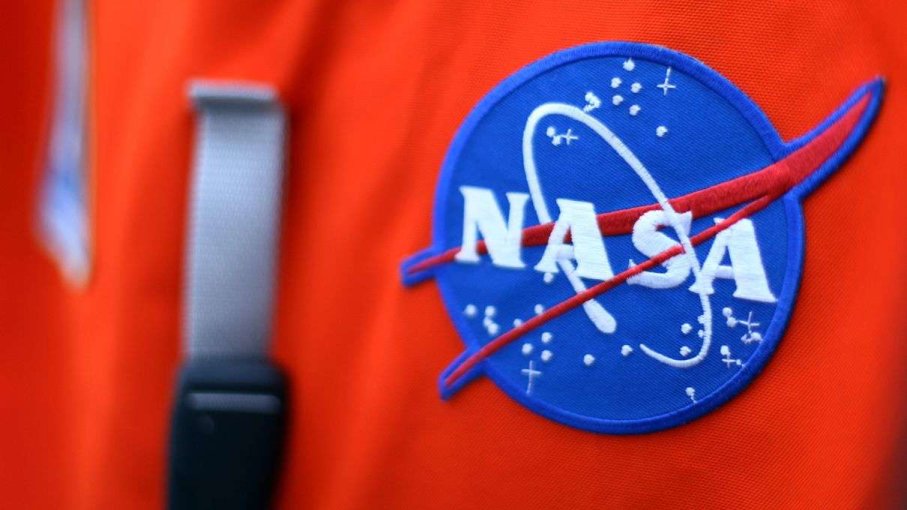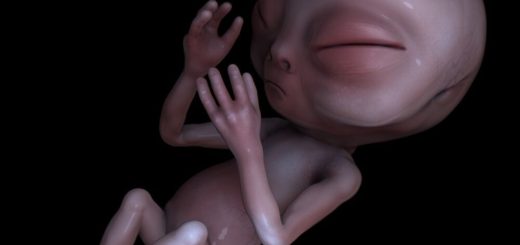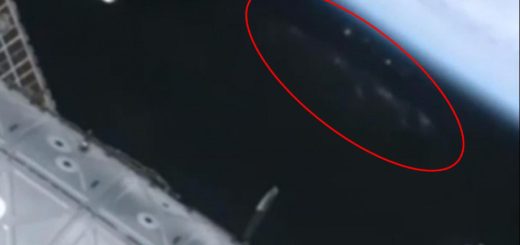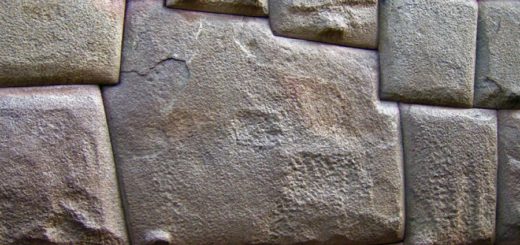So You Want to Be an Astronaut? This NASA Newbie Has Some Tips

In the old days of Mercury, Gemini and Apollo, the road to becoming an astronaut was pretty well-defined.
You had to be military.
You had to be a pilot.
And, until later in the space program, that meant you were both white and a dude.
That all began to change when the moon missions ended, and the space shuttles started blasting off. Now, as NASA prepares to search for a new batch of astronauts — applications go online Dec. 14 — you need to be more than just a testosterone-filled Topgun fighter pilot to make it.
Heck, that may not even get you past the first cut.
“We need astronauts to be good at a lot of things, more than they’ve ever needed to before,” says Andrew Morgan, one of NASA’s newest astronauts. “We need people with very diverse backgrounds, who are really good at working with other people. They need to have very strong technical backgrounds in science or engineering.
“They need to have leadership experience, and they need to have experience working in austere environments under harsh conditions, whether that be a military deployment or doing scientific research in a remote place. We need somebody who’s not just done one of those things, but somebody who’s done all of those things.”
If there’s a single model for an astronaut of the 21st century, Dr. Andrew R. (Drew) Morgan may be it. He’s a surgeon. He’s a decorated West Point graduate who’s been deployed to Iraq, Afghanistan and Africa. He’s a lifetime member of the U.S. Parachute Association. His educational background is in environmental engineering.
And now, after graduating astronaut candidate training in July, he speaks Russian, he knows the International Space Station up and down, he’s versed in robotics and wilderness survival and he’s been flight-trained in a supersonic jet, the T-38. He’s awaiting his first space assignment — that’s still a few years away, probably — as a member of the extravehicular activity (EVA)/robotics branch.
Morgan is one of eight members of NASA’s 21st astronaut class, the most recent one, selected in 2013. The class consists of four men and four women with roots in engineering, physics, biology and mathematics, among other fields. Most are military. One is a scientist who’s spent time at stations as far-flung as Antarctica, Greenland and American Samoa. And, yes, several of them are pilots, too.
Full Width
Left to right, you have Tyler Nick Hague, Andrew Morgan, Jessica Meir, Christina Hammock, Nicole Mann, Josh Cassada, Anne McClain and Victor Glover.
NASA/ROBERT MARKOWITZ
Still, the space program and its astronauts have come a long way from Mercury.
“I didn’t necessarily chart a course to say, ‘Hey, what’s the most probable way to become an astronaut?'” Morgan says. “I just decided to have a career that I thought would be fulfilling, and do the things that I thought were interesting to me, that I was passionate about, things that I excelled at, and see how that played out.
“And as it turned out, that worked out to be something that NASA also was interested in.”
No Flying Experience Used to Be a Deal-breaker
Back in 1959, when astronauts first were chosen, jet-flying experience was required. So the “Original Seven” all had strikingly similar looks and backgrounds.
Full Width
The Mercury Seven in 1960. Back row: Alan Shepard, Gus Grissom, Gordon Cooper; front row: Wally Schirra, Deke Slayton, John Glenn, Scott Carpenter. Kind of a change from that picture above, huh?
NASA
Cooper, Grissom and Slayton were Air Force pilots. Carpenter, Schirra and Shepard were naval aviators, and Glenn was a Marine aviator.
By the mid-’60s, things already had begun to change, and NASA invited potential astronauts to apply on the strength of their academic credentials alone. Neil Armstrong, who in 1969 became the first man to walk on the moon, was an aeronautical engineer, a naval aviator and a test pilot before he became an astronaut.
From that point, diversity spread. Sally Ride, the first American woman in space (in 1983), was a physicist. The first African-American astronaut (1983), Guion Bluford, was an aeronautical engineer who became an Air Force aviator with more than 140 combat missions flown in Vietnam. The first African-American woman in space, Mae Jemison (1992), was an engineer and physician. Franklin Chang-Diaz, a mechanical engineer with a doctorate in applied plasma physics, became the first Hispanic-American astronaut in 1980.
You don’t need flying experience to be accepted into the astronaut candidate program any more, but applicants are required to have at least a bachelor’s degree in biological science, engineering, mathematics or physical science, and they must have years of professional experience in their field after that. (If not — to reiterate the importance and desirability of flying experience — at least 1,000 hours in command of a jet will suffice.)
With all the advanced science taking place on the International Space Station, with all the complex problems to be solved in landing on a near-Earth asteroid (NASA still hopes to do that in the next decade) or taking a trip to Mars (a little farther off), it’s no surprise that potential astronauts have to have brains.
It also helps to have a good, healthy blind spot concerning the odds of ever becoming an astronaut in the first place. The class of 2013 had more than 6,000 applicants.
“The numbers have always been pretty intimidating,” Morgan says. “I always tell people, your chances if you don’t apply are zero. If you do apply, they’re a little bit better than zero. But a non-zero chance still is a chance. And, to me, it was worth it.”



 Creators of mankind
Creators of mankind Description of “Tall white aliens”
Description of “Tall white aliens” Where they came from?
Where they came from? About hostile civilizations
About hostile civilizations The war for the Earth
The war for the Earth “Tall white aliens” about eternal life
“Tall white aliens” about eternal life Video: “Nordic aliens”
Video: “Nordic aliens” Aliens
Aliens Alien encounters
Alien encounters The aliens base
The aliens base UFO
UFO Technology UFO
Technology UFO Underground civilization
Underground civilization Ancient alien artifacts
Ancient alien artifacts Military and UFO
Military and UFO Mysteries and hypotheses
Mysteries and hypotheses Scientific facts
Scientific facts


















